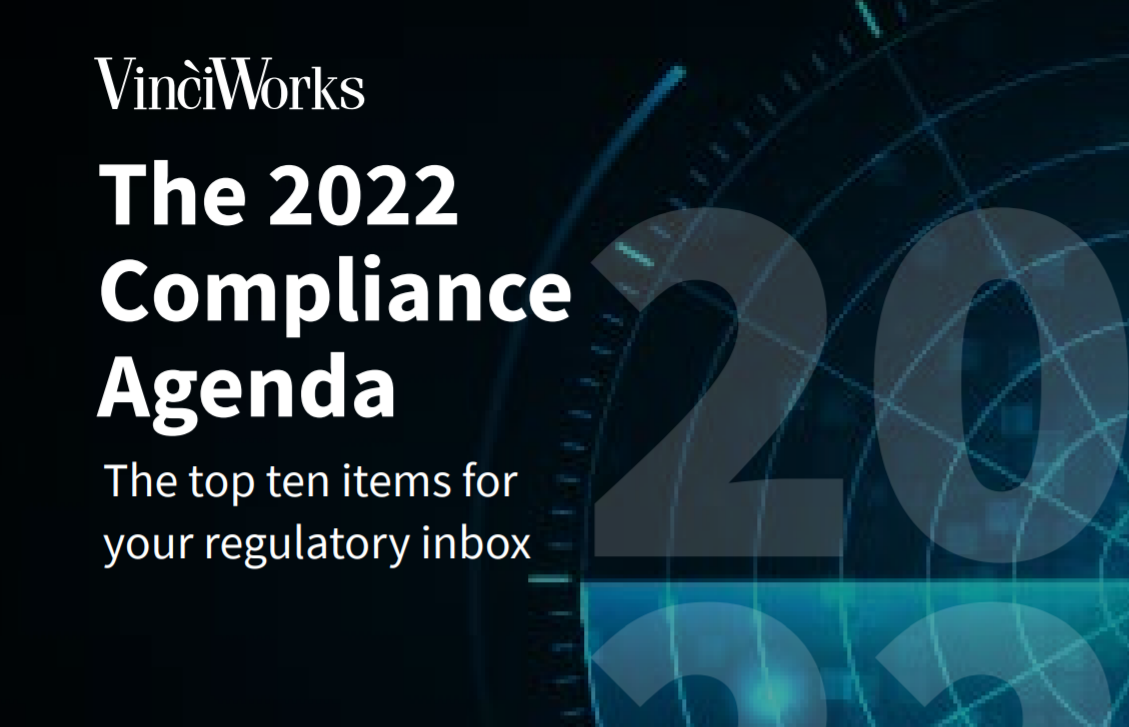A pronoun is used to replace a proper noun, such as someone’s name, and is often used to refer to a person without mentioning their name. For example, She is running a little late.
In English, the pronouns we have been taught to use follow a gender binary – she/her for girls and he/him for boys. For example, Igor’s presentation was excellent. He really put a lot of time and effort into it. In this example, ‘he’ is the pronoun which refers to ‘Igor’, and assumes that Igor identifies his gender as a man. While this might be true for Igor, it might not be true or respectful to use for people whose gender identity sits outside of the gender binary.
As our understanding of gender identity and expression has evolved, so has the language around pronouns and their use. No longer are people restricted to the binary gender pronouns he/she – people are free to choose their own pronouns (or lack of pronouns) that better represent their gender identity.
Terminology
The terms sex and gender are often used interchangeably, but they are not the same.
- A person’s sex is the label given to them at birth based on biological and physiological characteristics at that time. This is either male or female, or in some countries, intersex. A person’s sex is sometimes referred to as sex assigned at birth.
- A person’s gender is a social, psychological and cultural construct and relates to behaviours and attributes that a society associates with being male and female; gender identity is the gender that someone perceives themselves as internally. This can be female, male, neither, a blend of both or another gender(s).
A person might identify as:
- Cisgender if their gender identity is the same as their sex assigned at birth.
- Transgender if their gender identity is different to their sex assigned at birth.
- Non-binary if their gender identity sits outside the gender binary – they might feel their gender is a blend of both male and female, undefined or neutral, multiple genders or another gender(s). Other identities under the non-binary umbrella include genderqueer, gender non-conforming, genderfluid and third gender people.
Pronouns
For cisgender people, he/she pronouns might be comfortable and appropriate. However, for people whose gender identity does not neatly align with their sex assigned at birth, using he/she pronouns might not accurately reflect how they feel about themselves and could leave the person feeling uncomfortable, disrespected or dismissed.
People whose gender identity sits outside of the gender binary most often use gender-neutral pronouns, such as they/them used in the singular, in place of she/her or he/him. There are also other gender-neutral pronouns they could use or they might choose to forgo pronouns all together. The following chart outlines some common pronouns, what they sound like and how to use them correctly in a sentence.
| Pronoun |
Example sentence |
They/them
*use in the singular |
Taylor is joining the team on Monday – let’s all give them a warm welcome. We expect they will be a great addition to our organisation. |
Ze/zir
Sounds like: Zee/Zeer |
Taylor is joining the team on Monday – let’s all give zir a warm welcome. We expect ze will be a great addition to our organisation. |
Xe/xyr
Sounds like:
Sh-ay/Sh-air |
Taylor is joining the team on Monday – let’s all give xyr a warm welcome. We expect xe will be a great addition to our organisation. |
No pronoun
*use the person’s name |
Taylor is joining the team on Monday – let’s all give Taylor a warm welcome. We expect Taylor will be a great addition to our organisation. |
*This is not an exhaustive list of all of the pronouns.
Sharing, asking about and using pronouns
 You cannot determine by looking at someone what pronoun they prefer. Use gender-neutral pronouns or the person’s name until you have the opportunity to ask them or you can confirm which pronouns they want you to use.
You cannot determine by looking at someone what pronoun they prefer. Use gender-neutral pronouns or the person’s name until you have the opportunity to ask them or you can confirm which pronouns they want you to use.
It might feel strange to ask someone about their preferred pronouns, but it is important that we begin to normalise sharing and asking about them so that we can use and hear the language that best represents our true selves. Doing so builds a culture of respect and inclusion for everyone.
An easy way to share pronouns throughout your organisation is to add it to various communication channels. For example, on your instant messaging service profile or email signature
When you find out a person’s preferred pronoun, make sure to use it. If you are ever unsure how to use it in a sentence, look it up online or ask the person politely to give you some examples. Using their pronouns shows that you respect them.
Making mistakes
Even if you know someone’s preferred pronoun, you might sometimes make a mistake. These things happen. If you do slip up, apologise and correct yourself. Even if you didn’t intend to cause harm, you are still responsible for the impact.
If you didn’t realise you made a mistake and someone tells you that you hurt their feelings, don’t dismiss it or make up excuses. Be willing to listen to how they are feeling and empathise with them. When we listen, we get a better understanding of the other person’s perspective and show them that we acknowledge their feelings.
You can also help build an inclusive work environment by encouraging others to use a person’s correct pronouns. If a colleague or manager uses the person’s pronouns incorrectly, politely correct them.
Want to learn more about pronouns and how to promote respect in the workplace?
Try our new Gender & Sexuality Awareness Online Training Course for Free. Click the link below for a Free Trial.
Get a Free Trial




 You cannot determine by looking at someone what pronoun they prefer. Use gender-neutral pronouns or the person’s name until you have the opportunity to ask them or you can confirm which pronouns they want you to use.
You cannot determine by looking at someone what pronoun they prefer. Use gender-neutral pronouns or the person’s name until you have the opportunity to ask them or you can confirm which pronouns they want you to use.

